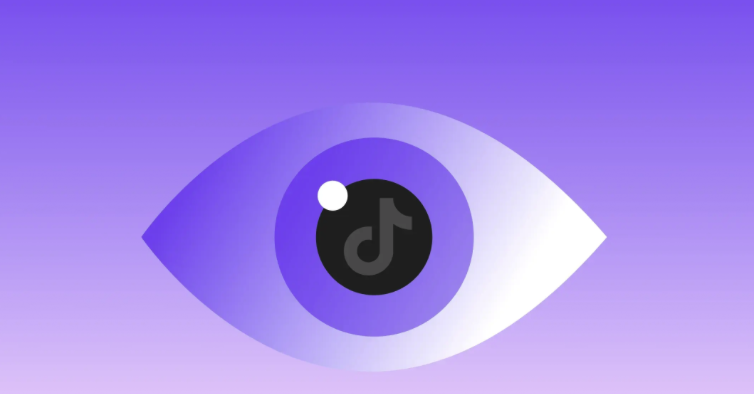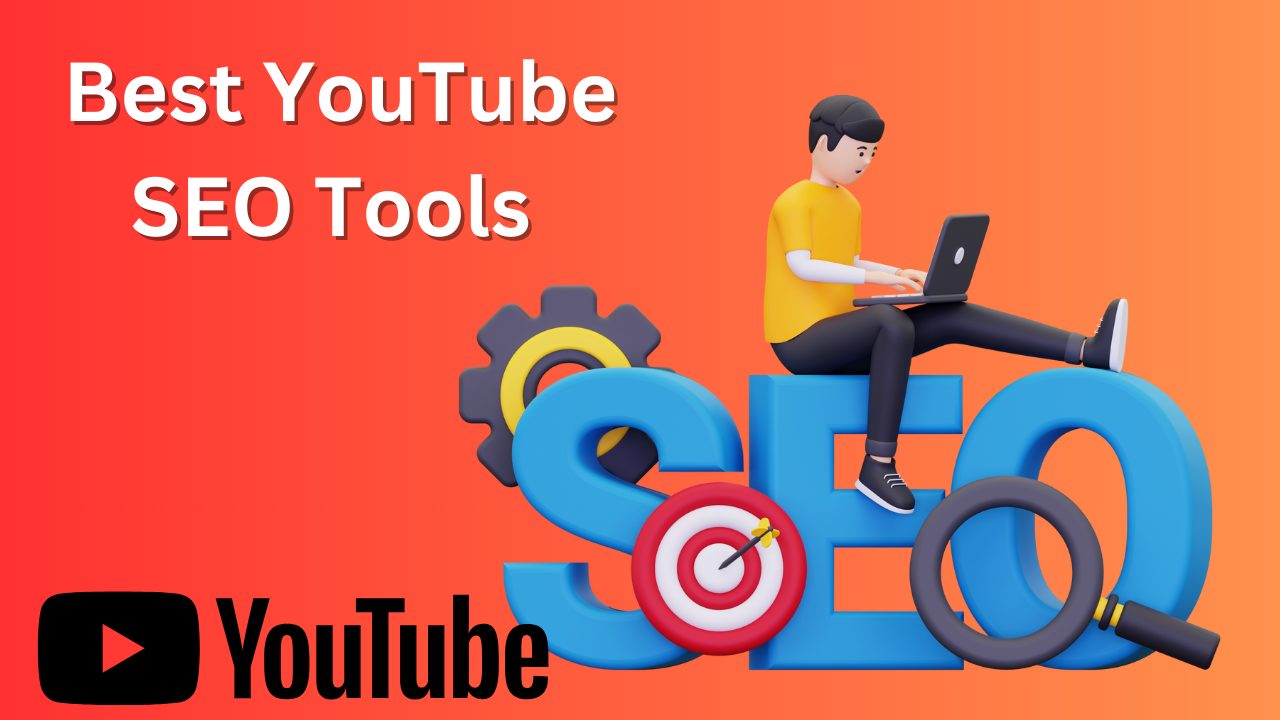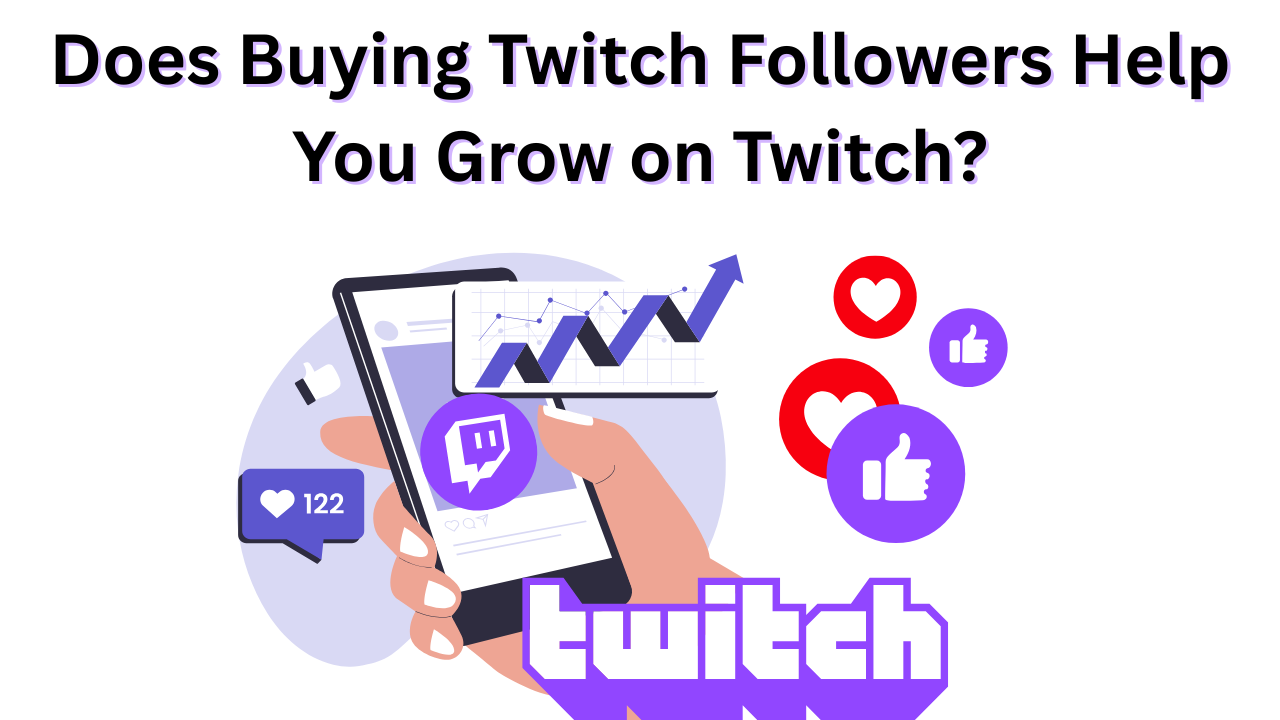In the world of LinkedIn, understanding the difference between followers, connections, and subscribers is crucial for B2B marketers aiming to build a strong professional network and maximize their social media impact. Knowing when to focus on building LinkedIn connections versus growing your LinkedIn followers can help you engage more effectively with your target audience, foster meaningful relationships, and amplify your brand’s reach. This article explores the key differences between these LinkedIn relationship types, their roles in a B2B strategy, and how company pages leverage followers and subscribers to boost visibility.
Understanding LinkedIn followers and connections
At the core of LinkedIn’s professional networking platform are two primary ways to engage with other LinkedIn members: connections and followers. When you connect with someone on LinkedIn, you establish a two-way professional relationship where both parties have direct access to each other’s LinkedIn profiles, can send messages, and see each other’s LinkedIn posts in their LinkedIn news feed. This is often referred to as being directly connected or 1st degree connections. Using the LinkedIn Connect feature is a strategic way to build relationships and expand your professional network. To become connected, you typically send a connection request or connection invitation—note that connection invitations are subject to LinkedIn’s 30,000 connection limit—which the other person must accept. Including an invitation note with your connection request can increase acceptance rates and is considered a best practice for professional networking. This process encourages building meaningful relationships and expanding your LinkedIn network with people you know or want to know professionally, helping you build relationships that are essential for effective LinkedIn networking.
On the other hand, LinkedIn followers are users who choose to follow your LinkedIn profile or company page without becoming a connection. Followers can see your public posts and updates in their feed but don’t have the ability to message you directly unless you allow it. Unlike connections, following is a one-way relationship that lets users stay informed about your content without requiring mutual acceptance. This is especially useful for thought leaders, brands, or professionals who want to reach a wider audience without the constraints of connection limits.
Believe it or not, professionals are asking if connections still matter for businesses in 2026…
Why followers matter in B2B social media strategy
For B2B marketers, having more followers (at least 500 connections) means reaching a broader audience interested in your expertise or brand. Using the strategic ‘linkedin follow’ feature can help you grow your network and increase your visibility on the platform. Followers are valuable because they expand your content’s visibility beyond your immediate connections list, allowing your LinkedIn posts to gain traction and potentially become viral posts. Having more followers also enables you to influence people in your industry through your content. When you post valuable insights or thought leadership content, followers can engage by liking, commenting, or sharing, which increases your influence and helps you build personal brands or company reputations. Being recognized as a thought leader can further help grow your audience and authority.
Followers are also important because they include other LinkedIn users who might not be in your immediate network but are part of your target audience. Following more people, companies, and newsletters can diversify and enhance your news feed, helping you expand your reach within your industry or interest area. This can translate into more opportunities for lead generation, brand awareness, and industry influence. Additionally, followers help you stay connected with mutual connections and potential connections who might later convert into full connections. Following industry leaders or company pages is also a great way of staying informed about the latest trends and updates.
When to focus on building connections
While followers expand your reach, focusing on building or buying connections on LinkedIn is essential for nurturing meaningful connections and fostering trust. Building relationships is a key strategy for B2B success, as it enhances thought leadership, brand presence, and engagement. Since connections require mutual acceptance, they represent a more engaged and personal relationship. You can connect on LinkedIn with colleagues, clients, partners, or industry peers to share ideas, collaborate, and maintain ongoing communication.
Connections enable you to send direct messages, which is critical for personalized outreach, business development, and relationship-building. Including a personal note with your LinkedIn connection request increases the chances that the person accepts and helps avoid unsolicited connection requests that can feel spammy. When reaching out, always send a genuine message to show authenticity and increase the likelihood of successful engagement. Moreover, connections appear in your LinkedIn contacts and improve your visibility in search results on the platform, helping you build a robust professional network.
The main difference between connections and followers is that connections allow for two-way engagement and direct communication, while followers only see your public updates without the ability to message you directly.
How to leverage followers or connections for greater engagement
To maximize engagement on LinkedIn, it’s important to understand how to use your followers and connections strategically. For your connections, you can engage by commenting on each other’s posts, sharing relevant content, and initiating conversations through direct messaging. This two-way interaction strengthens your network and helps you build meaningful relationships. You can also try the 4-1-1 approach on LinkedIn which is very valuable to maximize current followers or connections to engage with your content.
For your followers, focus on creating high-quality, consistent content that resonates with your target audience. Using creator mode on your profile can help increase your visibility and attract more followers. When someone follows you, they can see a person’s posts and updates in their feed, even if you are not connected. Engaging with your followers’ comments and responding to feedback also boosts your presence and encourages further interaction. Remember, not every follower is a connection, but they still represent valuable eyes on your content and potential future connections.
The impact of employee advocacy and brand reach
Employee advocacy plays a significant role in expanding your brand’s reach on LinkedIn. When employees share company content or their own insights, they tap into their own LinkedIn networks, multiplying the exposure beyond the company’s immediate followers. This organic sharing helps companies build meaningful connections with a broader audience and enhances credibility through authentic voices.
Moreover, employees’ connections vs followers dynamics can influence how content spreads. Employees with many connections on LinkedIn can drive more personalized engagement, while those with a large follower base contribute to wider awareness. Encouraging employees to connect with relevant industry professionals and share company updates helps amplify brand messages and generate valuable insights from diverse perspectives.
Tracking ROI from followers and connections with Oktopost
Measuring the return on investment (ROI) from your LinkedIn followers and connections is essential for refining your B2B social media strategy. Tools like Oktopost enable marketers to track engagement metrics, monitor how followers and connections interact with content, and assess the impact on lead generation and sales.
By analyzing data such as click-through rates, shares, and comments from both LinkedIn connections and followers, marketers can identify which type of audience drives more conversions. This insight helps in tailoring content strategies, deciding whether to prioritize building connections or growing followers, and optimizing resource allocation for maximum business impact.
Company pages: followers, subscribers, and how visibility works
How followers see company content
On LinkedIn company pages, followers are the primary audience who see your updates and posts in their feeds. When users follow a company page, they receive notifications about new content, product launches, or company news, which keeps your brand top of mind. Followers can engage with posts by liking, commenting, or sharing, which further increases your company’s visibility.
How LinkedIn newsletters build subscribers
LinkedIn newsletters are a powerful tool for companies to build a dedicated subscriber base. When users subscribe to a newsletter, they receive regular updates directly in their inbox, ensuring higher visibility and engagement with your content. Subscribers are a subset of followers who have opted in for more frequent and focused communication, making them highly valuable for nurturing leads and establishing thought leadership.
Do subscribers automatically become followers?
While subscribers to a LinkedIn newsletter typically become followers of the company page, the two are not exactly the same. Following a page is a broader action allowing users to see all public posts, whereas subscribing is specific to receiving newsletter content. Understanding this distinction helps companies tailor their content strategies to engage both audiences effectively.
Why it matters for B2B social strategies
For B2B marketers, knowing how followers, subscribers, and connections interact with company pages is critical for crafting effective social strategies. Followers provide a wider audience for brand content, subscribers offer a more engaged group for thought leadership, and connections enable direct communication. Balancing these elements helps companies build a strong online presence, foster meaningful relationships, and drive business growth.
Unlocking LinkedIn Creator Mode for B2B Marketers
For B2B marketers aiming to stand out and connect with their target audience, unlocking LinkedIn Creator Mode can be a strategic move. Creator Mode is a feature on your LinkedIn profile that shifts the focus from traditional LinkedIn connections to building a broader following, making it easier to share valuable insights and establish thought leadership within your industry.
When you activate Creator Mode, your profile’s primary action button changes from “Connect” to “Follow.” This subtle but important shift encourages other LinkedIn users to follow your content rather than immediately sending a connection request. As a result, you can reach a wider audience without the need to accept every connection invitation, allowing you to focus on building meaningful relationships with those most relevant to your business goals.
One of the key differences Creator Mode introduces is how you engage with your network. Instead of managing a growing list of connections, you can concentrate on sharing high-quality content that attracts followers interested in your expertise. This approach helps you build meaningful relationships with your target audience, as your posts and updates are more likely to appear in the LinkedIn feed of those who have chosen to follow you.
Additionally, Creator Mode allows you to highlight topics you post about, making it easier for potential followers to understand your areas of expertise at a glance. By leveraging this feature, B2B marketers can position themselves as industry leaders, increase their visibility, and foster genuine engagement with other LinkedIn members.
Ultimately, enabling Creator Mode gives you greater control over how you connect and interact on LinkedIn. Whether you’re looking to grow your influence, share thought leadership, or build a community around your brand, understanding the key differences between connections and followers—and using Creator Mode to your advantage—can help you achieve your professional networking goals.
Final thoughts
Navigating the nuances of LinkedIn connections vs followers and understanding their roles in your professional network is key to leveraging LinkedIn effectively for B2B marketing. While connections facilitate deeper, two-way relationships and direct communication, followers broaden your reach and amplify your content’s visibility. Company pages add another layer with followers and subscribers, enabling brands to engage audiences at different levels.
By strategically balancing efforts to grow both your connections and followers, and leveraging tools like newsletters and employee advocacy, you can build a robust LinkedIn presence that drives engagement, thought leadership, and business results.
Key takeaway
The real difference between LinkedIn connections and followers lies in the nature of the relationship: connections are mutual and enable direct interaction, while followers represent a one-way relationship focused on content consumption. Understanding and using both effectively allows B2B marketers to build meaningful relationships, expand their professional network, and influence their industry.
FAQs for additional insights
Why do some LinkedIn members mark “followers” instead of “connections” on LinkedIn?
Some LinkedIn members choose to allow followers rather than connections to avoid unsolicited connection requests and maintain a more controlled professional network. This option is common among thought leaders or public figures who want to share content broadly without engaging in direct messaging with everyone.
Is there a difference between following and connecting with someone on LinkedIn?
Yes, following is a one-way relationship where you see another person’s public posts without being connected, while connecting is a two-way relationship that requires mutual acceptance and allows for direct messaging and deeper engagement. The main differences between following and connecting are the level of visibility and user engagement: following offers less transparency and interaction, while connecting provides higher visibility of each other’s activity and more opportunities for engagement.
The 30K Limit
LinkedIn imposes a limit of 30,000 first-degree connections on personal profiles. Beyond this, users can only have followers, which is why some profiles have more followers than connections.
Changing your LinkedIn profile default “Connect” Button to “Follow”
Users can change their profile settings to replace the default Connect button with a Follow button, encouraging others to follow their content without sending a connection request. This is useful for public figures or those focusing on content sharing rather than personal networking.
Is it better to have connections or followers on LinkedIn?
It depends on your goals. Connections are better for building meaningful connections and direct communication, while followers help increase reach and visibility. Most people find that a balanced approach between connections and followers is most effective for networking and visibility.
What do the 1st, 2nd, and 3rd connection levels mean on LinkedIn?
They indicate degrees of separation: 1st degree means you are directly connected, 2nd degree are connections of your connections, and 3rd degree are connections of your 2nd-degree connections, helping you understand network proximity.
Why a LinkedIn member might have more followers than connections
This often happens because of the 30K connection limit or when users prefer to share content broadly without accepting many connection requests, resulting in a larger follower base than connections.



